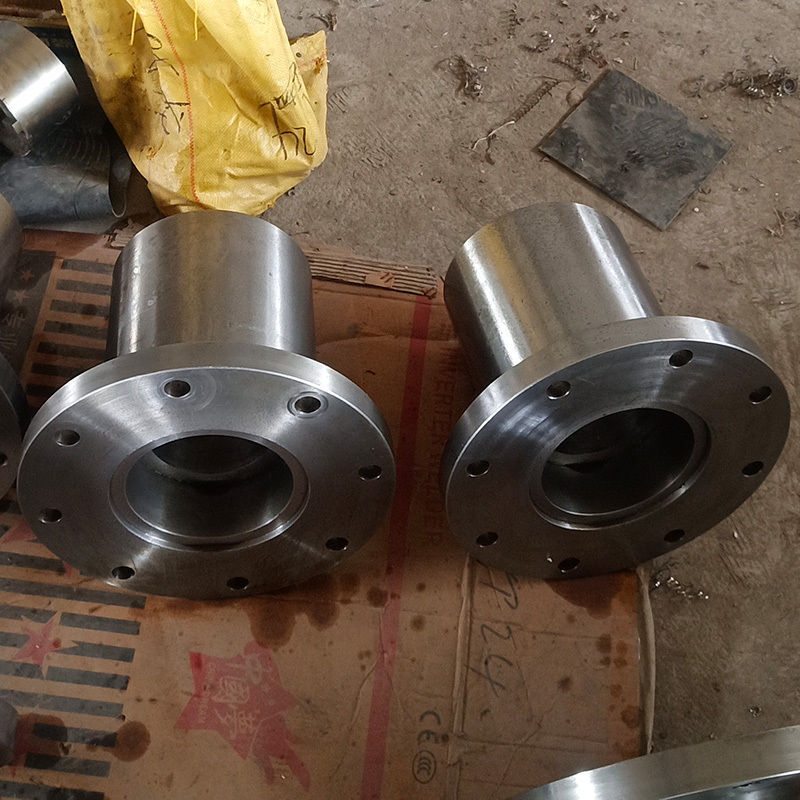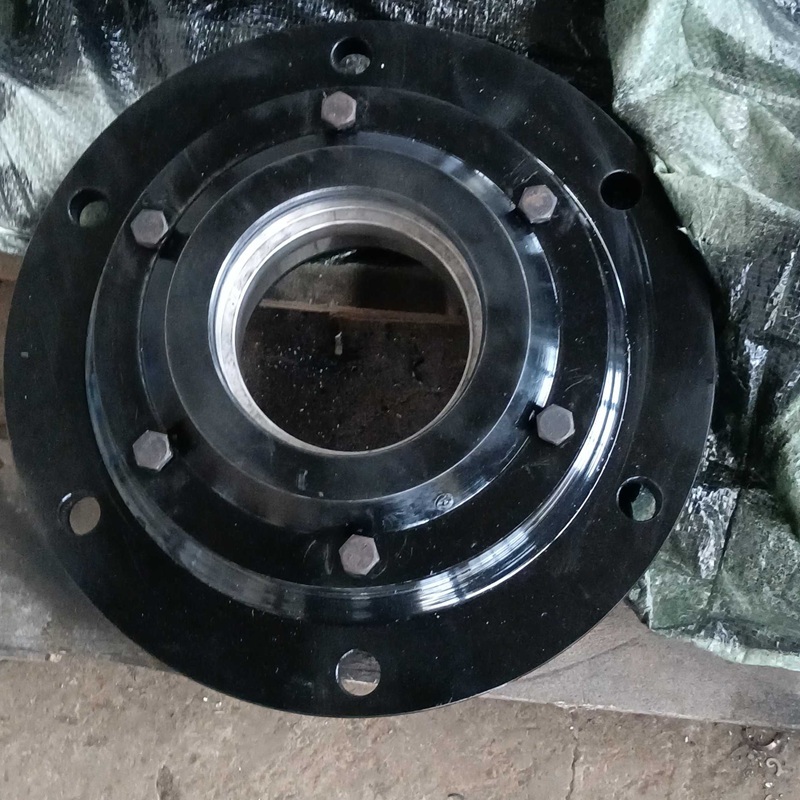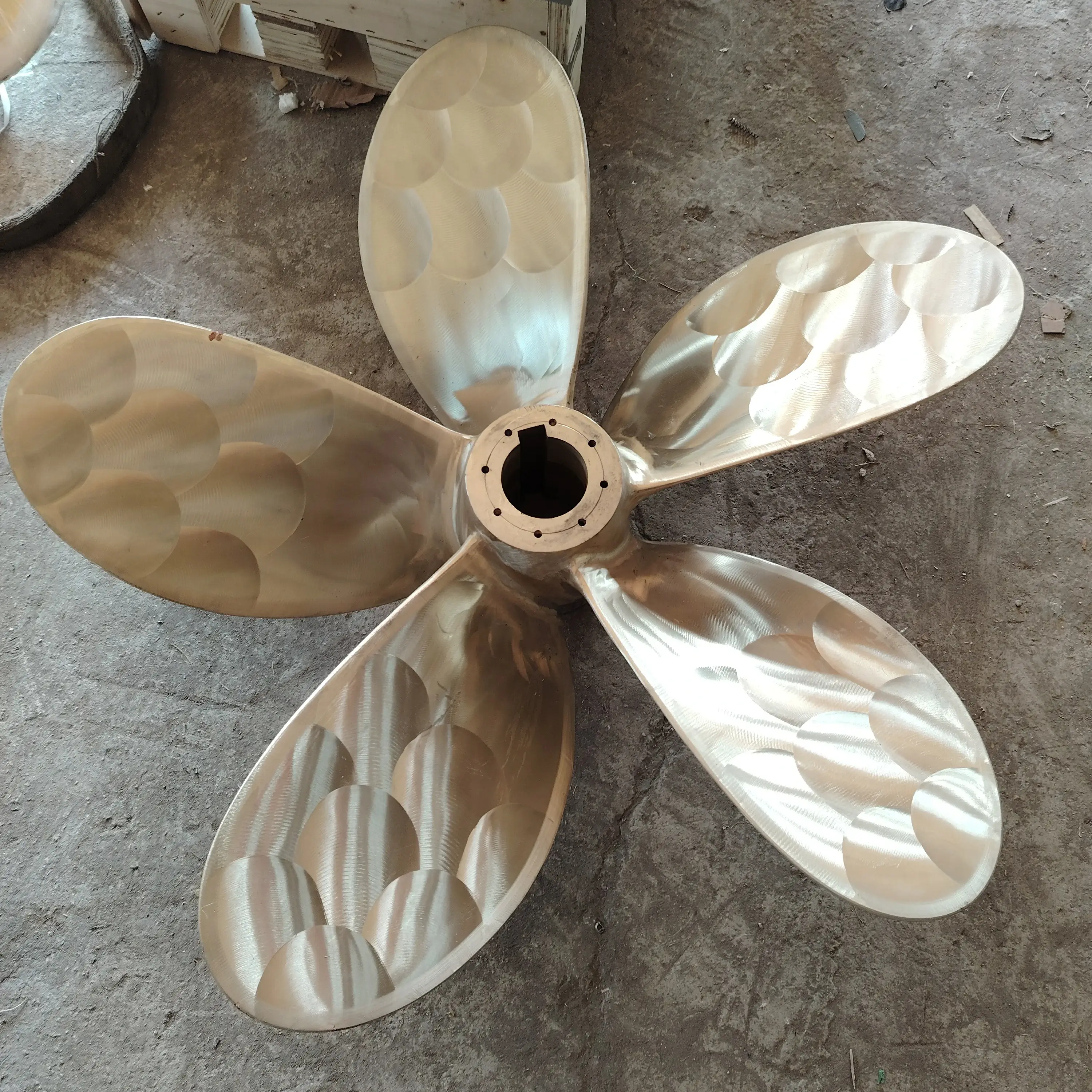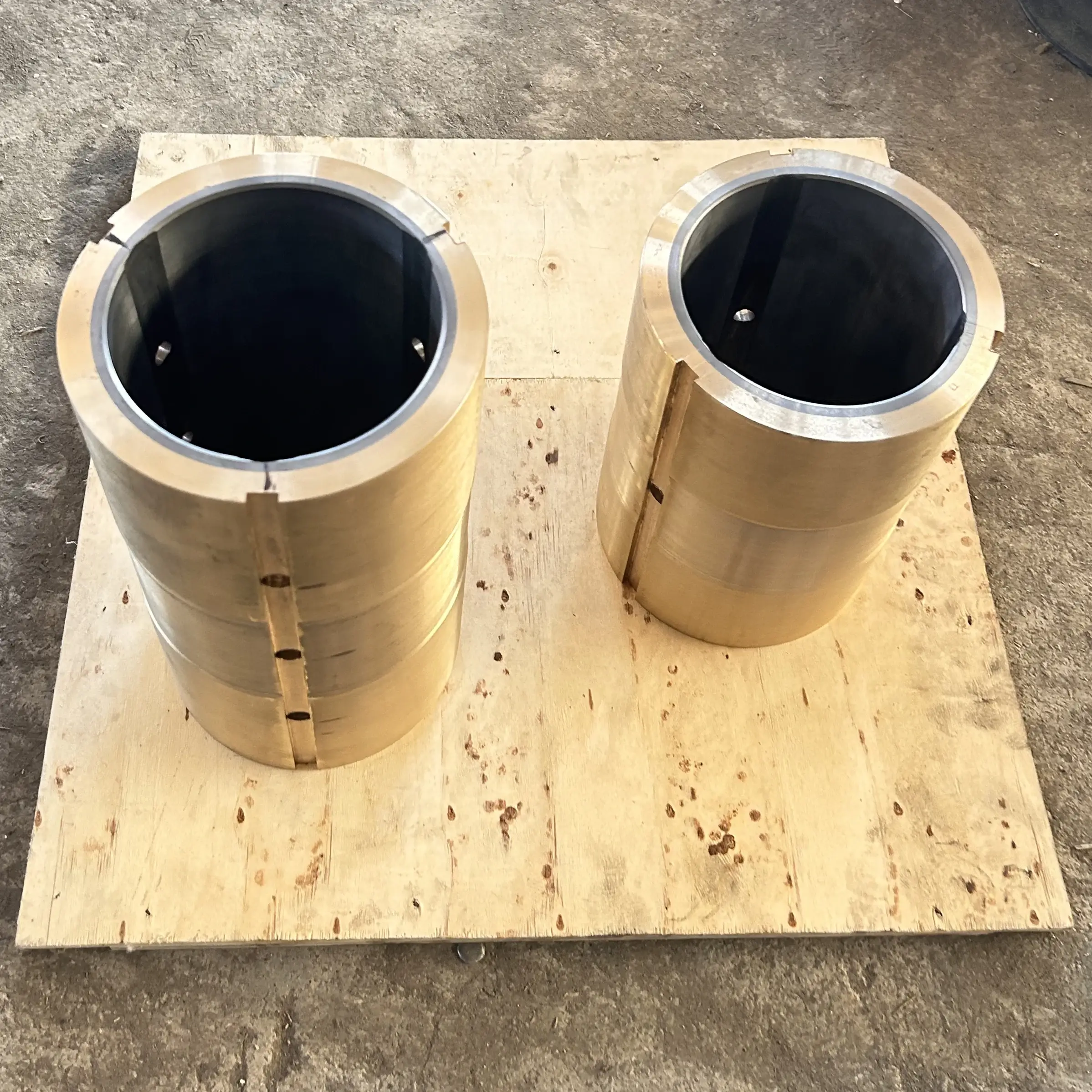Categories
Coupling
After several years' development,our products include screws, bolts, nuts and anchors. Over 95% of our products are exported to the overseas market, such as Europe. America and Southeast Asia.
- Commodity name: Coupling
- Product Description
-
Coupling
A coupling is a mechanical device that is used to connect two shafts together at their ends for the purpose of transmitting power.
1. Types of Couplings
There are several types of couplings, each with its own characteristics and applications. Rigid couplings are designed to provide a solid connection between two shafts. They are typically used when precise alignment of the shafts can be maintained and when there is no need for any flexibility in the connection. For example, in some simple machinery setups where the shafts are short and well - supported.
Flexible couplings, on the other hand, are used when there may be some misalignment between the shafts. This misalignment can be in the form of angular, parallel, or axial displacement. One common type of flexible coupling is the gear coupling. It consists of two hubs with external teeth that are mated to an intermediate sleeve with internal teeth. Another type is the elastomeric coupling, which uses an elastomeric element (such as rubber or polyurethane) to absorb shock and vibration and to tolerate small amounts of misalignment.
2. Functions
Couplings serve multiple functions. Firstly, they transmit torque from one shaft to another, allowing power to be transferred between different components of a machine. For example, in a conveyor system, the coupling connects the motor shaft to the shaft of the conveyor roller. Secondly, they can protect the connected equipment from damage. In cases where there are sudden overloads or shocks, some couplings can slip or break, preventing the transmission of excessive torque to the connected shafts and thereby safeguarding the machinery.
3. Design Considerations
When designing a coupling, several factors need to be taken into account. The amount of torque to be transmitted is crucial, as it determines the size and strength requirements of the coupling. The type and degree of misalignment that may occur also influence the choice of coupling type. Additionally, factors such as speed, operating environment (including temperature, humidity, and presence of contaminants), and the required service life of the coupling all play important roles in the design and selection process.
4. Applications in Industry
Couplings are widely used in various industries. In the manufacturing industry, they are found in machine tools, textile machinery, and printing presses. In the power generation industry, couplings are used in turbines, generators, and pumps. In the automotive industry, they are used in the drivetrain to connect components such as the engine and the transmission.
Key words:
ANCHOR | BOLT | SCREW | NUT | BAND | BRACKET | ROD | OTHER FASTENER | NON-STANDARD
Get A Quote
Note: Please leave your email address, our professionals will contact you as soon as possible!
Related Products





